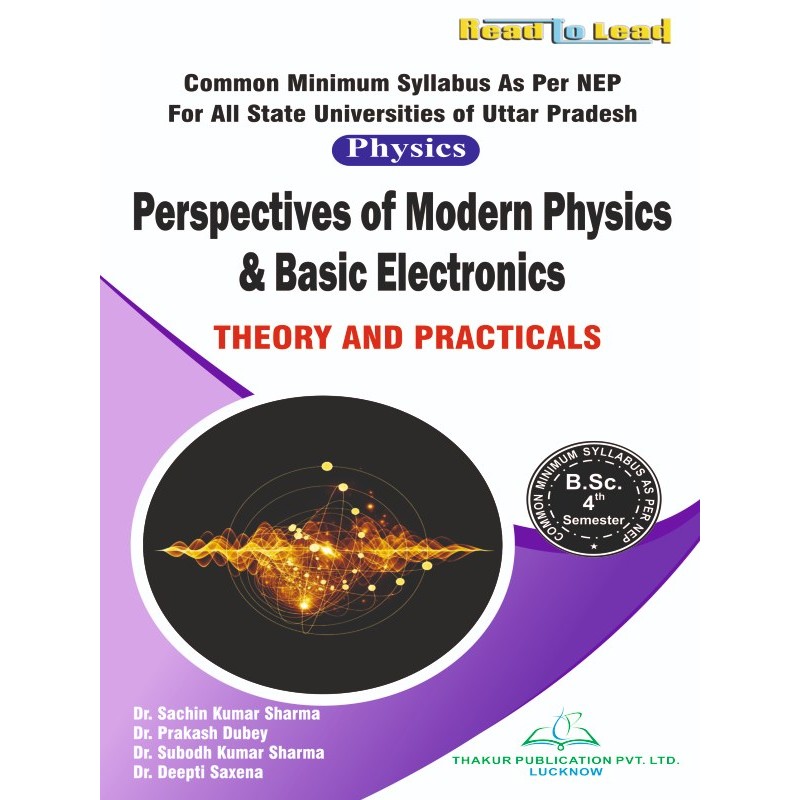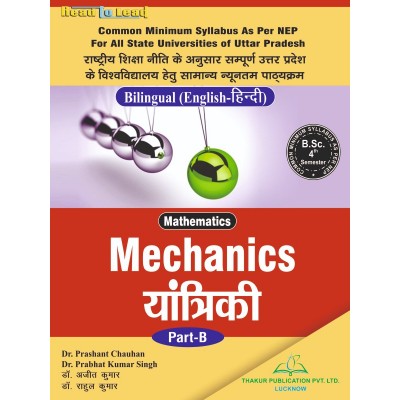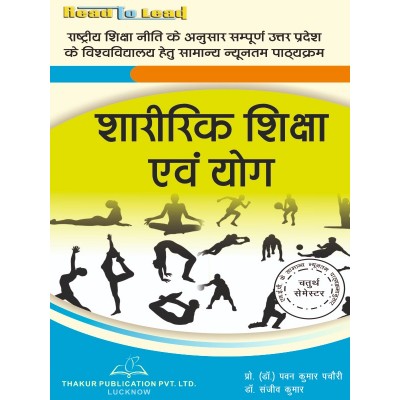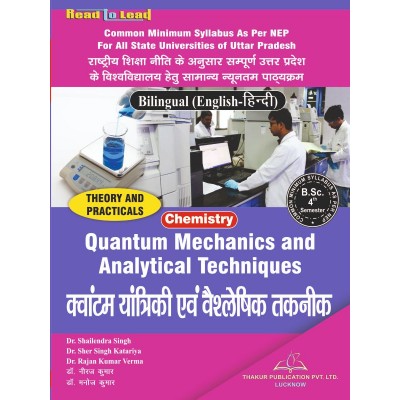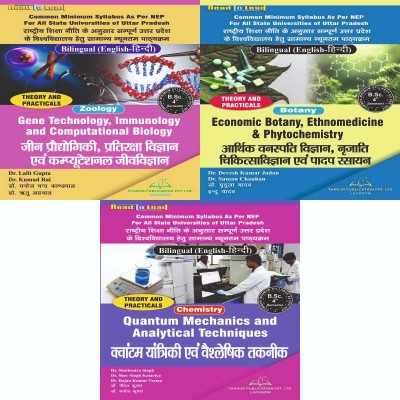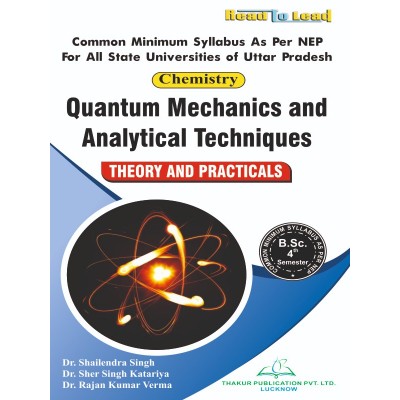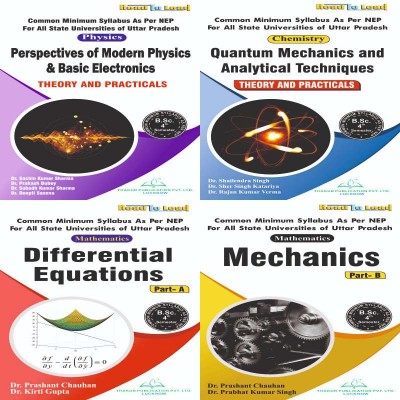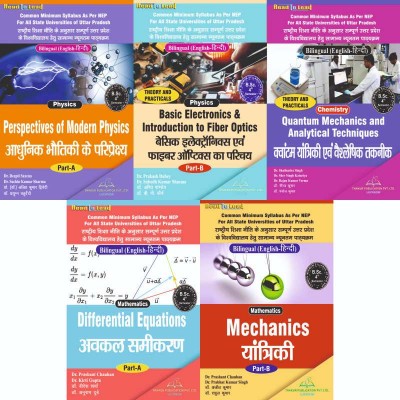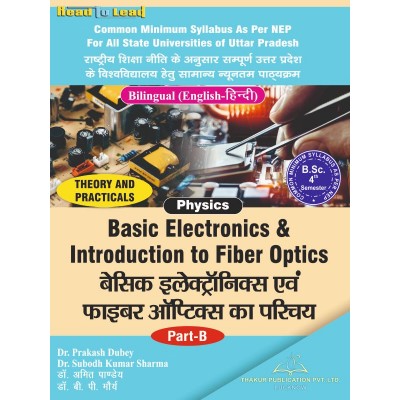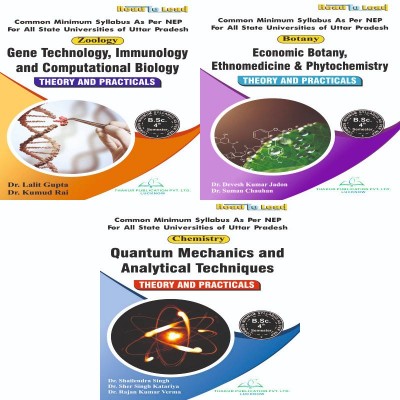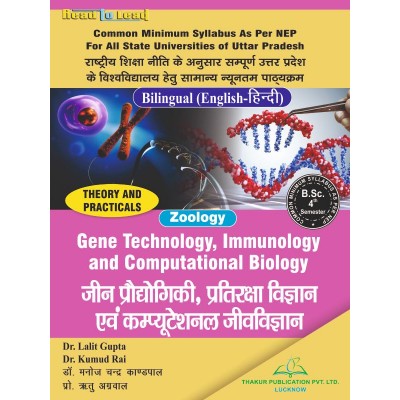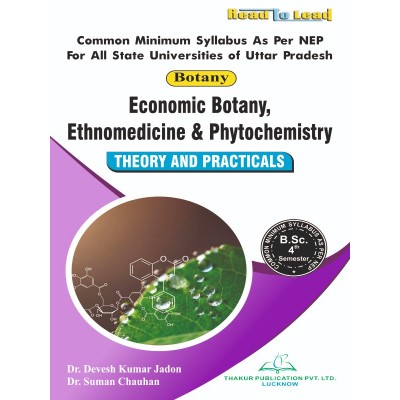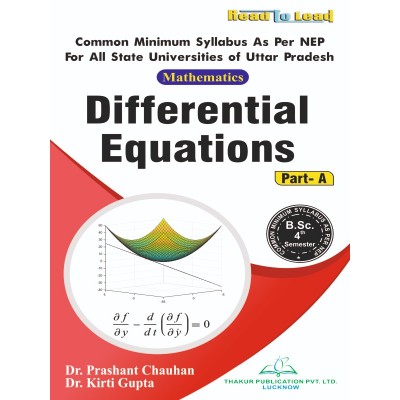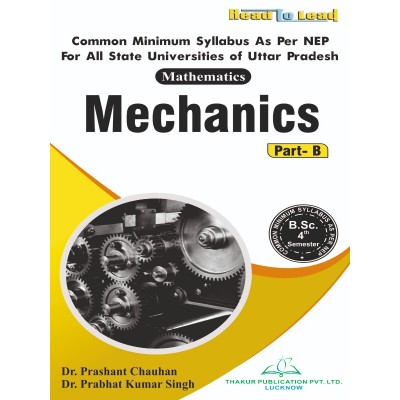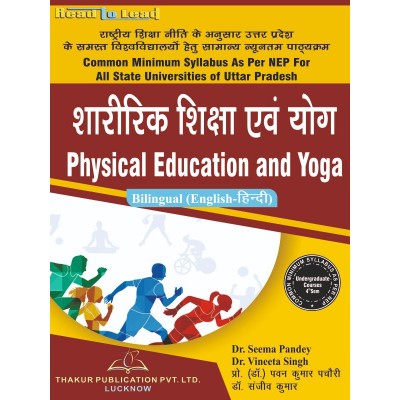Perspectives of Modern Physics & Basic Electronics (Physics Book)
Tax excluded
Click below to Buy E-Book Edition:
Buy Latest Perspectives of Modern Physics & Basic Electronics Book For B.sc 4th Sem in English specially designed for All U.P State Universities CCSU, DBRAU, MGKVP, PRSU etc.
AUTHORS : Dr. Sachin kumar Sharma , Dr. Prakash Dubey , Dr. Subodh Kumar Sharma , Dr. Deeptin Saxena
ISBN :9789357550512
Syllabus
Physics
Perspectives of Modern Physics & Basic Electronics
Course Code: B010401T
|
Units |
Topics |
No. of Lectures |
|
|
Part-A Perspectives of Modern Physics |
|
|
I |
Relativity-Experimental Background Structure of space & time in Newtonian mechanics and inertial & non-inertial frames. Galilean transformations. Newtonian relativity. Galilean transformation and Electromagnetism. Attempts to locate the Absolute Frame: Michelson-Morley experiment and significance of the null result. Einstein’s postulates of special theory of relativity. |
7 |
|
II |
Relativity-Relativistic Kinematics Structure of space & time in Relativistic mechanics and derivation of Lorentz transformation equations (4-vector formulation included). Consequences of Lorentz Transformation Equations (derivations & examples included): Transformation of Simultaneity (Relativity of simultaneity); Transformation of Length (Length contraction); Transformation of Time (Time dilation); Transformation of Velocity (Relativistic velocity addition); Transformation of Acceleration; Transformation of Mass (Variation of mass with velocity). Relation between Energy & Mass (Einstein’s mass & energy relation) and Energy & Momentum. |
8 |
|
III |
Inadequacies of Classical Mechanics Particle Properties of Waves: Spectrum of Black Body radiation, Photoelectric effect, Compton effect and their explanations based on Max Planck’s Quantum hypothesis. Wave Properties of Particles: Louis de Broglie’s hypothesis of matter waves and their experimental verification by Davisson-Germer’s experiment and Thomson’s experiment. |
8 |
|
IV |
Introduction to Quantum Mechanics Matter Waves: Mathematical representation, Wavelength, Concept of Wave group, Group (particle) velocity, Phase (wave) velocity and relation between Group & Phase velocities. Wave Function: Functional form, Normalisation of wave function, Orthogonal & Orthonormal wave functions and Probabilistic interpretation of wave function based on Born Rule. |
7 |
|
|
Part-B Basic Electronics & Introduction to Fiber Optics |
|
|
V |
Transistor Biasing Faithful amplification & need for biasing. Stability Factors and its calculation for transistor biasing circuits for CE configuration: Fixed Bias (Base Resistor Method), Emitter Bias (Fixed Bias with Emitter Resistor), Collector to Base Bias (Base Bias with Collector Feedback) &, Voltage Divider Bias. Discussion of Emitter-Follower configuration. |
7 |
|
VI |
Amplifiers Classification of amplifiers based on Mode of operation (Class A, B, AB, C & D), Stages (single & multi stage, cascade & cascode connections), Coupling methods (RC, Transformer, Direct & LC couplings), Nature of amplification (Voltage & Power amplification) and Frequency capabilities (AF, IF, RF & VF).
Theory & working of RC coupled voltage amplifier (Uses of various resistors & capacitors, and Frequency response) and Transformer coupled power amplifier (calculation of Power, Effect of temperature. Use of heat sink & Power dissipation). Calculation of Amplifier Efficiency (power efficiency) for Class A Series-Fed, Class A Transformer Coupled, Class B Series-Fed and Class B Transformer Coupled amplifiers. |
7 |
|
VII |
Feedback & Oscillator Circuits Feedback Circuits: Effects of positive and negative feedback. Voltage Series, Voltage Shunt, Current Series and Current Shunt feedback connection types and their uses for specific amplifiers. Estimation of Input Impedance, Output Impedance, Gain, Stability, Distortion, Noise and Band Width for Voltage Series negative feedback and their comparison between different negative feedback connection types. Oscillator Circuits: Use of positive feedback for oscillator operation. Barkhausen criterion for selfsustained oscillations. Feedback factor and frequency of oscillation for RC Phase Shift oscillatorand Wein Bridge oscillator. Qualitative discussion of Reactive Network feedback oscillators (Tuned oscillator circuits): Hartley & Colpitt oscillators. |
8 |
|
VIII |
Introduction to Fiber Optics Basics of Fiber Optics, step index fiber, graded index fiber, light propagation through an optical fiber, acceptance angle & numerical aperture, qualitative discussion of fiber losses and applications of optical fibers. |
|
Lab Experiment List
|
Units |
Topics |
No. of Lectures |
|
|
Lab Experiment List |
|
|
|
1) Transistor Bias Stability 2) Comparative Study of CE, CB and CC amplifier\ 3) Clippers and Clampers 4) Study of Emitter Follower 5) Frequency response of single stage RC coupled amplifier 6) Frequency response of single stage Transformer coupled amplifier 7) Effect of negative feedback on frequency response of RC coupled amplifier 8) Study of Schmitt Trigger 9) Study of Hartley oscillator 10) Study of Wein Bridge oscillator |
|
